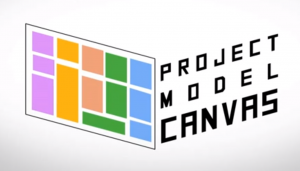 No post Business Model Canvas, o Igor Araujo apresentou uma maneira simples, ágil, objetiva e visual de elaborarmos um modelo de negócios para nossa empresa ou produto. Mas e se adaptássemos este Canvas para projetos de software? Será que é possível transmitir em uma só folha objetivos, fases, custos, benefícios e envolvidos de um projeto e utilizá-la como apoio para a gerência desse projeto? Bom, essa é a promessa do Project Model Canvas e é sobre ele que vamos falar no post de hoje.
No post Business Model Canvas, o Igor Araujo apresentou uma maneira simples, ágil, objetiva e visual de elaborarmos um modelo de negócios para nossa empresa ou produto. Mas e se adaptássemos este Canvas para projetos de software? Será que é possível transmitir em uma só folha objetivos, fases, custos, benefícios e envolvidos de um projeto e utilizá-la como apoio para a gerência desse projeto? Bom, essa é a promessa do Project Model Canvas e é sobre ele que vamos falar no post de hoje.
 A few days ago, on a post called Business Model Canvas, Igor Araujo wrote about a simple, agile, objective and visual way to elaborate a business model for our company or product. But what if we wanted to adapt this Canvas to software projects? Would it be possible to communicate everything there is to know about a project in just one sheet? Well, that is what a new methodology called Project Model Canvas promises to do and that is why it is the subject of today’s post.
A few days ago, on a post called Business Model Canvas, Igor Araujo wrote about a simple, agile, objective and visual way to elaborate a business model for our company or product. But what if we wanted to adapt this Canvas to software projects? Would it be possible to communicate everything there is to know about a project in just one sheet? Well, that is what a new methodology called Project Model Canvas promises to do and that is why it is the subject of today’s post.
Inspired by the Business Model Canvas, this new methodology aims at bringing into the Project Plan the benefits obtained by those using this Canvas for their business: to build a plan in a fast and collaborative way and still guarantee common understanding of all features envolved in the project by making it visual. Making use of only paper and post-its, Project Model Canvas envolves manager, stakeholders and team in a brainstorming process that results on the definitions that will lead the project’s construction. The intention is to build an artifact that makes it possible to understand the project’s concept, restrictions, costs and schedules by just staring at it. It’s a new model that believes it’s possible to diminish some old problems of traditional software project, as the need for an extensive documentation to initiate the project and the lack of stakeholder’s involvement during the conception phase.

To reach this goal, the Canvas for projects tries to answer the following questions: why?, what?, who?, how?, when? and how much?.
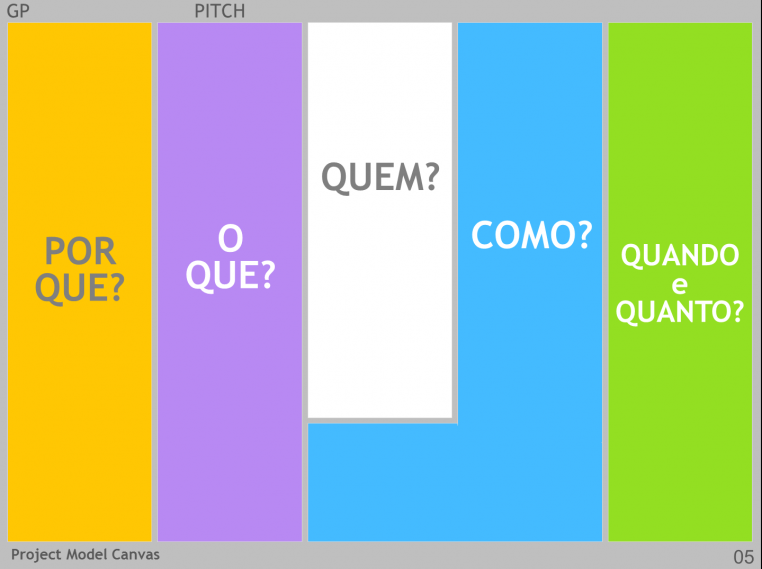
Each one of the 13 little squares disposed on the sheet is focused on an information necessary to define the project. And each one of them must be filled with post-its containing short and objective texts, formulated by the team, the stakeholders and/or the project manager. After evaluating and discussing the raised ideas, the final result is a portrait of the project to be developed presented in a clear and concise shape. And, above all, visual.
Another important matter is the fact of being flexible and easily changeable. Since it’s constructed with post-its, each new idea and problem can generate changes in the plan without great impacts on its understanding and update. You can reorganize and remove post-its quickly enough to not result in a high cost of maintenance of the plan.
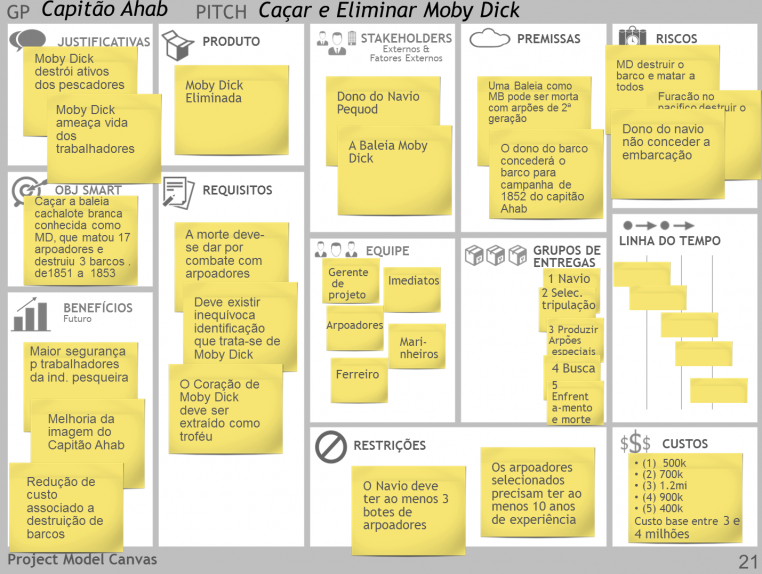
This new methodology provides, above all, a new means of communication and connection of ideas to build the concept a project. From all that has been collected, it is possible to establish relationships and implications of the project’s outcome and map these conclusions to tools frequently used by the project manager.
Currently, this methodology is already being used by great companies in Brazil to initiate their projects.
How about you? Do you think this idea would work in your company?
References:




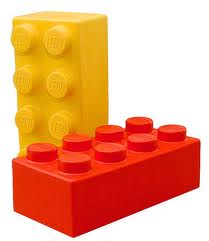
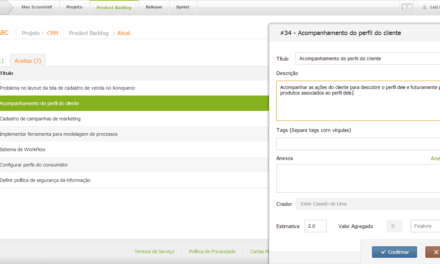

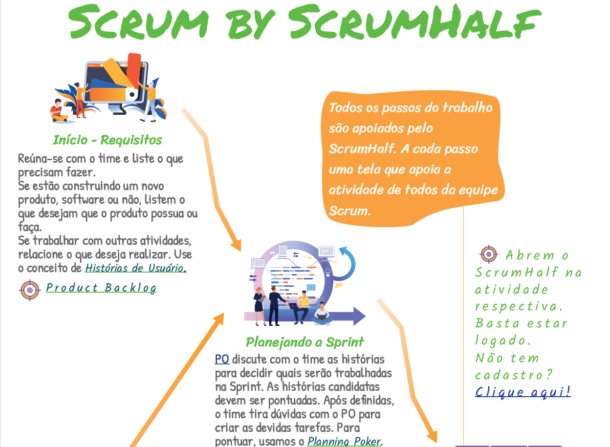
Modelo criado pelo Osterwalder! Site dele aqui:
http://alexosterwalder.com/
E aqui tem o blog dele com alguns posts interessantes sobre também sobre modelos de negócios:
http://www.businessmodelalchemist.com/